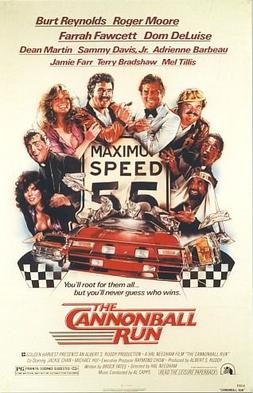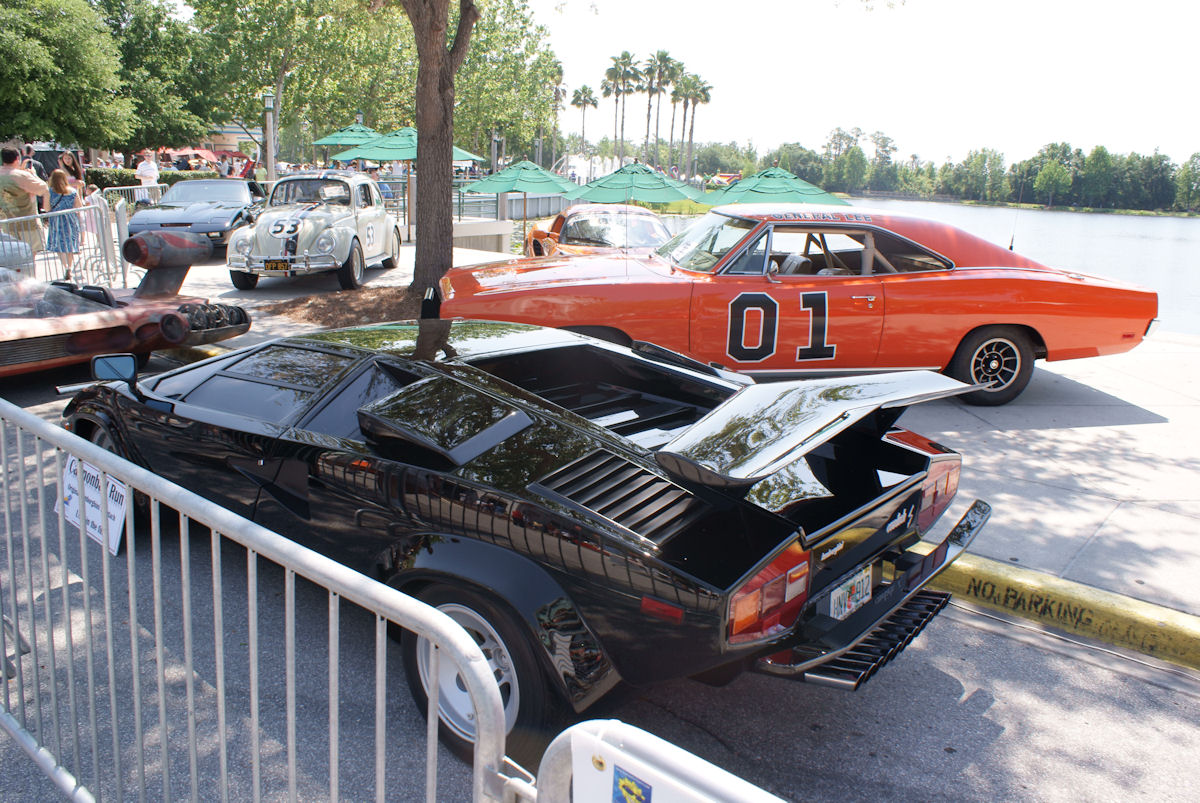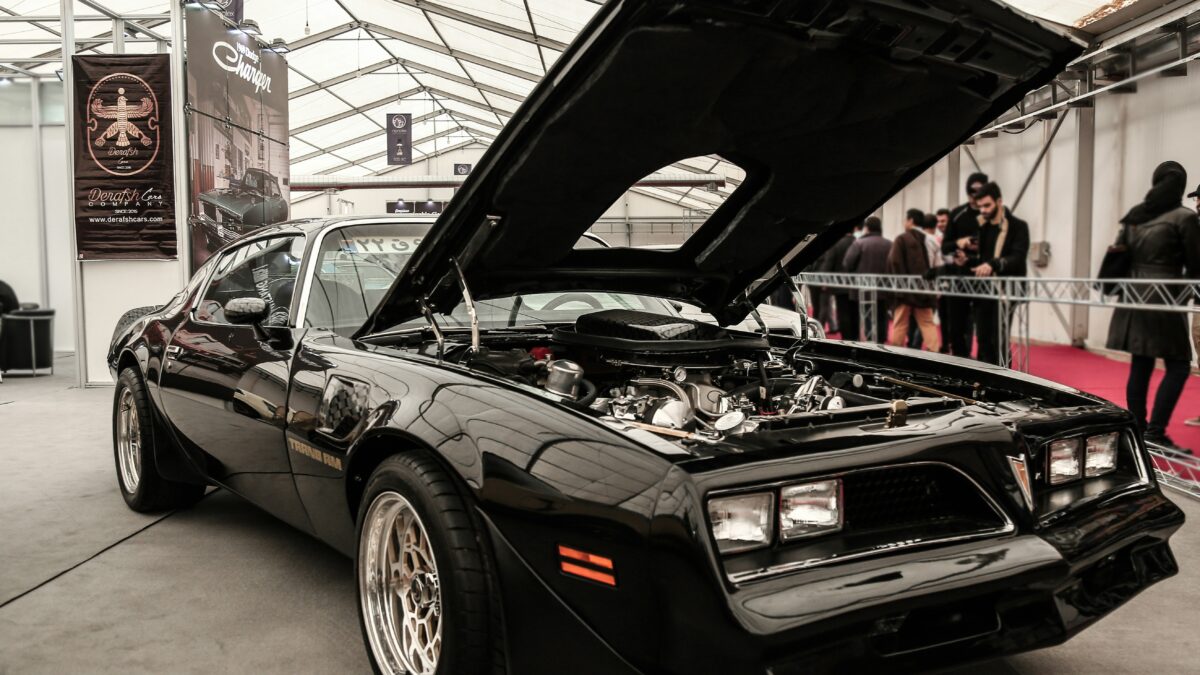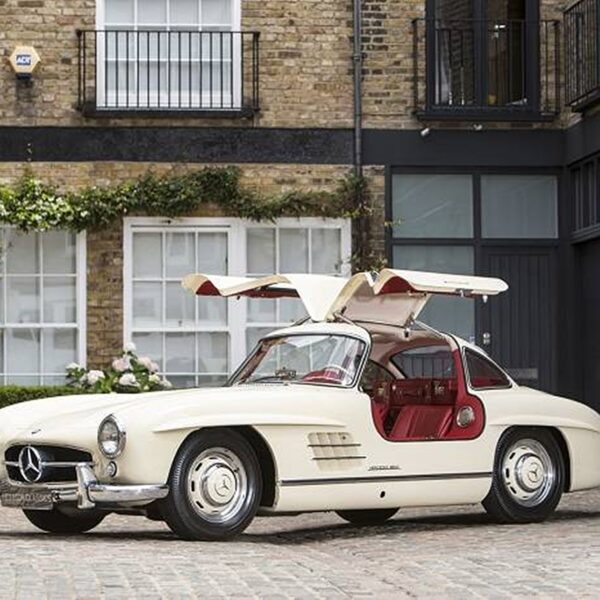The Invigorating History of the Cannonball Run
You may know the 1981 film Cannonball Run featuring Burt Reynolds, Sammy Davis Jr., and Jackie Chan. But the real Cannonball Run started in 1971 with writer and car enthusiast Brock Yates.

Cannonball Run: The Car and Driver editor who started it all
Born in 1933, Yates held a career in journalism and went on to become the executive editor for Car and Driver, an esteemed magazine. Widely considered the most important person in the industry who never ran a car company (catch that caveat?), Yates developed a coast-to-coast race that was utterly illegal.
Prior to Yates’ endeavors, Erwin G. “Cannonball” Baker drove cross-country at record pace to protest the use of speed limits. Speed limits started in the early 20th century, with Connecticut being the first state to institute a numerical speed limit in the year 1901.
When Yates first did the race, he was joined by a friend named Dan Gurney. Gurney previously won Formula One and Le Mans, but this was no official race. They managed to exceed speed limits the entire way across the nation from New York to Los Angeles and minimize stops. The entire trip took 35 hours 54 minutes, a new record. They never got pulled over.
This was Yates’ only win over the next eight years, during which five Cannonball Runs occurred.
With tech-heavy rides, the modern-day Cannonball Run is not the same
Cars go much faster today than they did in the 1970s. It’s not just speed that’s gotten an upgrade, either. Innovative technology—the kind that goes beyond flashy xenons and adaptive headlight displays—plays a huge role.
Today, underground racers take the bait of the Cannonball and try their darndest not to get caught. By 2020, the record had been slimmed to 25 hours 39 minutes. The drivers (Arne Toman, Doug Tabbutt and Dunadel Daryoush) hit a top speed of 175 mph and maintained a 110-mph average.
Yates died in 2016. In his later years, he didn’t seem to like what the Cannonball Run had become. Rather than doing great things with what we’ve got and sticking it to the “man”, drivers started using cop radars and speed limit trackers and pretty much everything else that Yates thought was over the top.
People go so far as to send their data to international companies who keep track of their speeds, avoiding releasing the race until they’re done to avoid interference or prosecution from the law. There have been no reported deaths associated with the Cannonball Run, but let’s consider the fact that people no longer announce they’re racing the run until after they’re done and have received the results.
Bonus: Check out this episode from the Criminal podcast to hear an entertaining story about the original Cannonball Run.
















